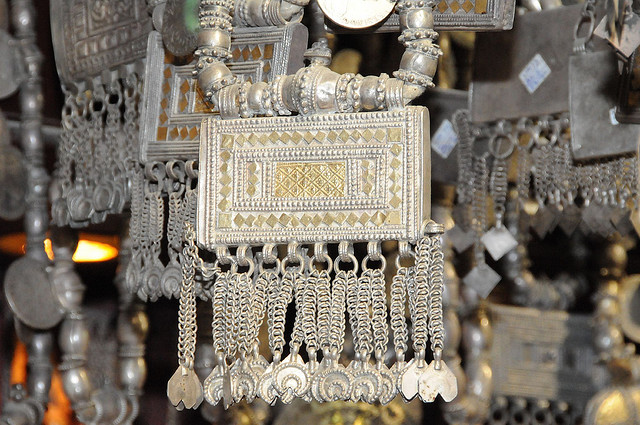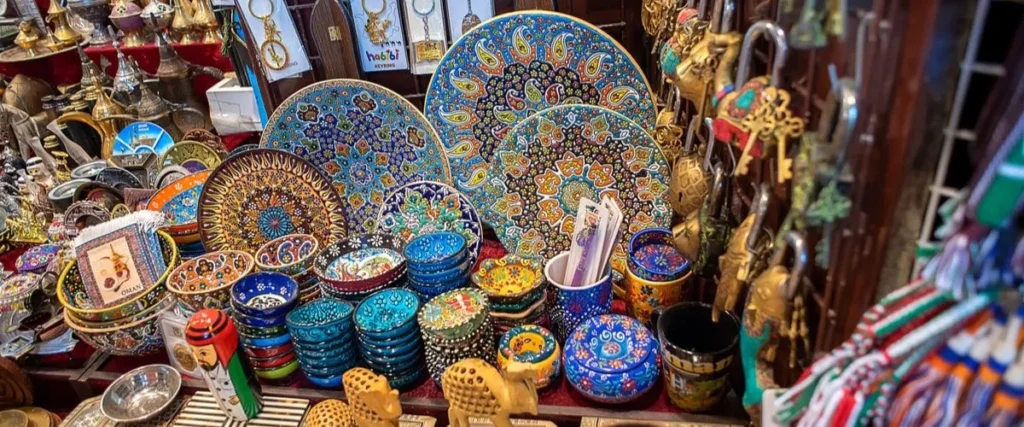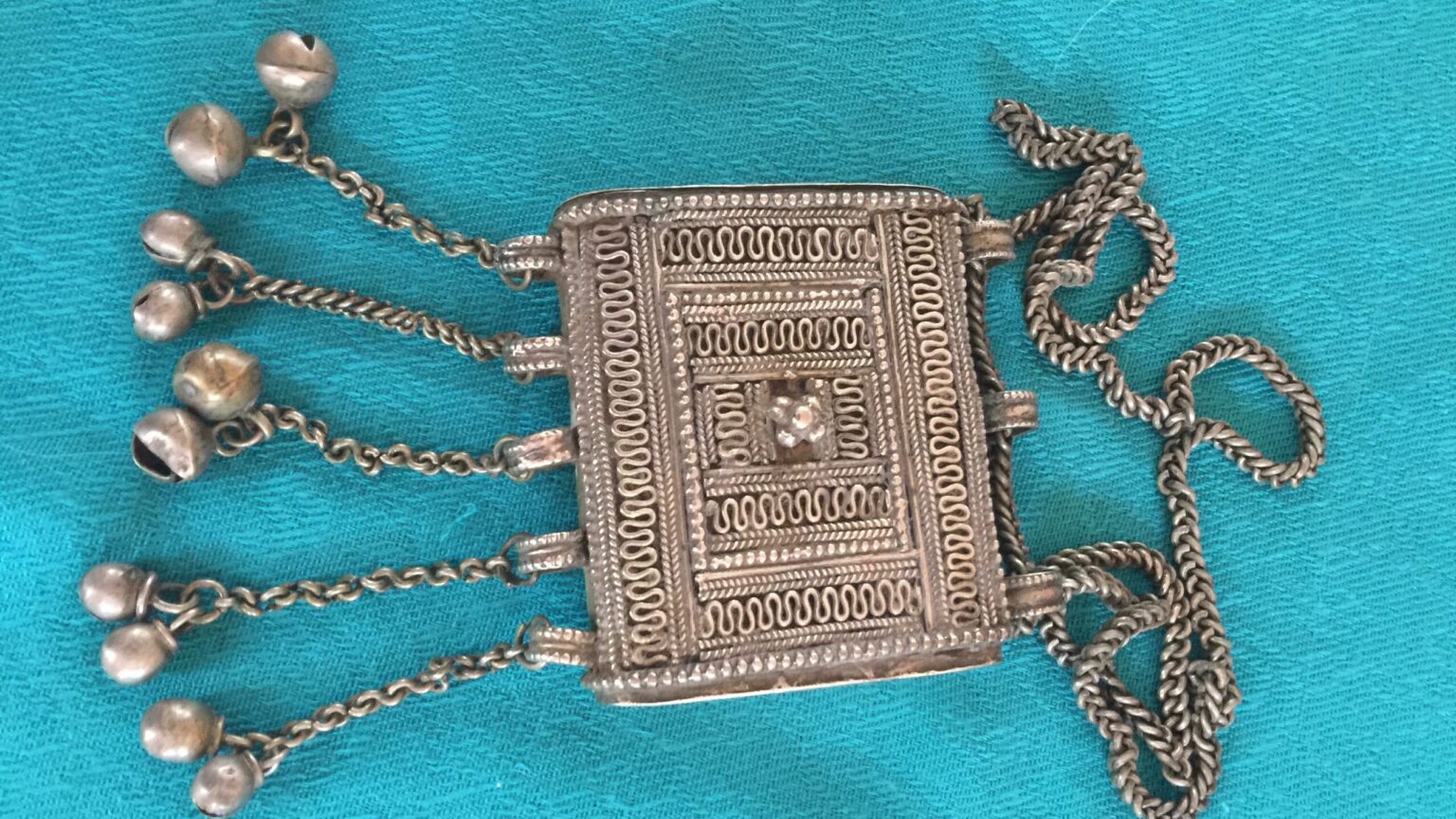Oman is a land of rich heritage, vibrant culture, and timeless traditions. Among its most captivating cultural treasures is its traditional jewelry. These exquisite pieces not only reflect the artistic skills of Omani craftsmen but also carry deep cultural and historical significance. Wearing traditional jewelry in Oman is more than an adornment it is a celebration of identity, heritage, and pride. For those who wish to understand Omani culture more intimately, learning about its traditional jewelry is essential.
A Glimpse into Omani Jewelry History
Omani jewelry has a history that spans centuries. Its designs have evolved over time, influenced by trade, migrations, and interactions with neighboring regions. The jewelry was not only used for decorative purposes but also served as a symbol of wealth, social status, and tribal identity. Many families passed their jewelry down through generations, making each piece a treasured heirloom with stories of the past.
Materials and Craftsmanship
The most commonly used materials in Omani jewelry include gold, silver, pearls, gemstones, and coral. Gold is particularly valued, often crafted into intricate necklaces, bangles, rings, and earrings. Silver, on the other hand, is widely used in traditional tribal jewelry, featuring detailed engravings and delicate patterns. Skilled artisans dedicate hours, sometimes days, to handcrafting each piece. The craftsmanship reflects patience, precision, and passion, making every item a unique work of art.

Signature Omani Jewelry Pieces
Some of the most recognizable Omani jewelry pieces include the khanjar necklace, silver bracelets, and pearl adornments. The khanjar, a traditional dagger, is sometimes symbolically represented in necklaces and brooches. Silver bracelets often feature filigree designs that showcase the artistry of Omani silversmiths. Pearls, historically harvested from Omani waters, are integral to necklaces and earrings, representing purity and elegance.
Jewelry and Cultural Significance
Omani jewelry is deeply intertwined with cultural and social customs. Women often wear these pieces during weddings, religious festivals, and national celebrations. Each design can carry symbolic meaning, reflecting family heritage, tribal affiliation, or social status. Men’s jewelry, although more restrained, often includes rings and cufflinks with symbolic motifs. Jewelry serves as a bridge between generations, connecting contemporary Omanis with their ancestral roots.
Regional Variations in Jewelry Design
Oman’s diverse regions have distinct jewelry styles. In Dhofar, jewelry tends to incorporate coral and colorful gemstones, reflecting coastal influences. In Muscat, gold and silver pieces are more elaborate, demonstrating the city’s wealth and cosmopolitan exposure. Interior regions, such as Nizwa, favor robust silver designs with intricate engravings, representing tribal strength and unity. Understanding these regional differences provides a fascinating insight into Oman’s cultural diversity.
The Role of Pearls in Omani Jewelry
Oman has a long history of pearl diving, and pearls have always held immense value. Pearls are symbols of wealth, beauty, and status, often incorporated into necklaces, earrings, and bangles. Traditional pearl jewelry is not just decorative—it carries a story of Oman’s maritime heritage and the skill of its divers. Wearing pearls today honors this legacy and keeps the connection with Oman’s past alive.
Jewelry in Weddings and Celebrations
Omani weddings are a grand celebration of tradition, and jewelry plays a central role. Brides are adorned with layered necklaces, sparkling earrings, and intricate bracelets, often passed down from mothers and grandmothers. Each piece is chosen carefully to complement traditional Omani attire, symbolizing love, prosperity, and family honor. Jewelry is also gifted during festivals and special occasions, strengthening social bonds and expressing respect.
Modern Influence on Traditional Jewelry
While Omani jewelry is deeply traditional, modern influences have subtly shaped its designs. Contemporary artisans experiment with mixing materials, incorporating gemstones from international sources, or creating more minimalist designs for younger generations. Despite these changes, the essence of Omani jewelry remains] preserving cultural identity while embracing new aesthetics.

Collecting Omani Jewelry
For collectors, Omani jewelry offers a window into the nation’s rich history and artistry. Antique pieces hold immense value, not just monetarily but culturally. Collectors appreciate the meticulous craftsmanship, unique designs, and the stories behind each piece. Visiting traditional markets or workshops in Oman allows enthusiasts to witness the artistry firsthand and even commission custom pieces that blend traditional techniques with personal taste.
Caring for Traditional Jewelry
Proper care is essential to maintain the beauty of Omani jewelry. Gold and silver should be cleaned regularly and stored safely to prevent tarnishing. Pearls, being delicate, require special handling, avoiding contact with perfumes or harsh chemicals. With careful maintenance, these pieces can last for generations, preserving the legacy and artistry of Oman’s rich heritage.
Jewelry as a Symbol of Omani Identity
More than a decorative art, traditional jewelry is a symbol of Omani identity. Wearing or gifting jewelry communicates respect for heritage, pride in craftsmanship, and appreciation for history. It connects modern Omanis with their roots while showcasing the nation’s cultural richness to the world. Each piece tells a story of tradition, artistry, and social connection, making it a treasure far beyond its material value.
The Future of Omani Jewelry
The future of Omani jewelry lies in balancing tradition and innovation. Young artisans are exploring ways to keep cultural designs relevant while appealing to contemporary tastes. Digital platforms allow wider recognition of these artistic traditions, reaching global audiences who appreciate the beauty and craftsmanship of Omani heritage. By embracing both preservation and creativity, Omani jewelry will continue to inspire generations to come.
Conclusion
Oman’s traditional jewelry is more than just adornment it is a celebration of culture, artistry, and identity. From the delicate pearls to intricate silverwork and gold masterpieces, each piece reflects centuries of craftsmanship and heritage. Learning about these treasures offers insight into Omani life, traditions, and values. Whether admired for its beauty, worn to celebrate special occasions, or collected for its historical significance, Omani jewelry remains a timeless testament to the nation’s rich cultural tapestry.
Do follow Gulf Magazine on Instagram.
Also Read – Ultimate Guide to Oman’s Thrilling Hiking Trails and Mountains



